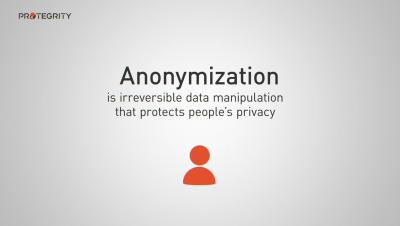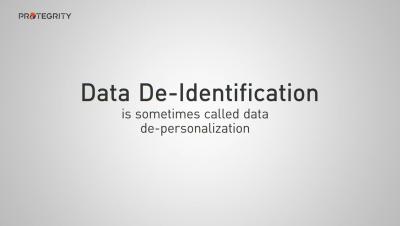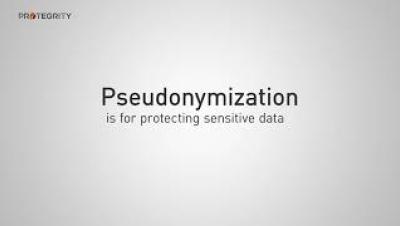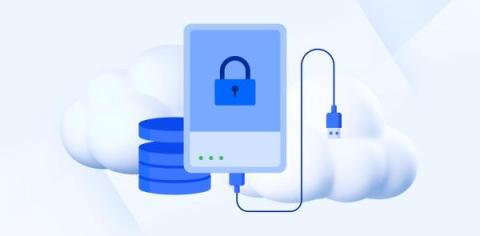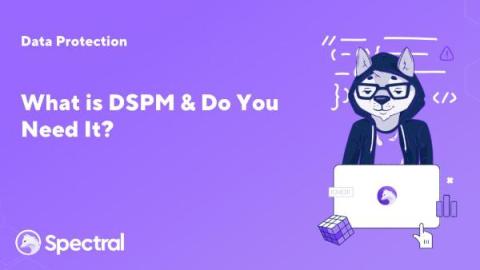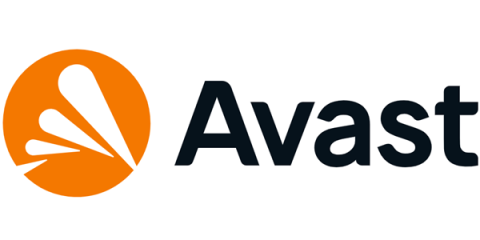Security | Threat Detection | Cyberattacks | DevSecOps | Compliance
Data Security
The latest News and Information on Data Security including privacy, protection, and encryption.
Data Security and Privacy in Dental Technology
Empowering Security Champions with Modern Static Application Security Testing (SAST)
Over the past two decades, as organizations have increasingly strived to integrate security into their development processes, the role of Security Champions has evolved from an informal position to one of strategic importance. They are now responsible for prioritizing security in their projects, leveraging powerful tools like Static Application Security Testing (SAST) to achieve this goal.
Tokenization: Replacing Data Values One Token at a Time
Anonymization: Safeguarding Sensitive Information - Permanently
Data De-Identification: The Foundation of Data Protection
Pseudonymization: Replacing Sensitive PII Values to Better Protect Your Data
Cloud Storage vs. Hard Disk Drive (SSD): Which is Better for Data Security?
What is DSPM (Data Security Posture Management) & Do You Need It?
Knowledge is power. Power is money. In the context of information systems and applications, knowledge is ingested, processed, and used as data. Data theft or loss can be devastatingly costly to a business. Data is one of an organization’s most valuable assets, and must be secured and protected as such.






